Stephanie Curci, instructor in English at Phillips Academy, first traveled to Haiti as a young child in 1978. From then on, Curci returned to the island annually, developing a deep familiarity with the nation, its history, and literature. Curci learned to speak Haitian Kreyol and wrote her master’s thesis at Brown on the effects of the revolution on antebellum American literature. Her website, Mapping Haitian History, is a well-respected resource for historians and scholars of the Caribbean. When she and Chris Jones, instructor in history and social science, approached the Tang Institute in 2016 with a fellowship proposal to create a digital humanities resource that would be used to help teach the history of Haiti, we were thrilled to support an undertaking with such a far-reaching impact on teaching and learning.
For several years, Curci and Jones have taught “The History and Literature of the Haitian Revolution”, a course that allows Andover students to investigate the revolution and unpack, at least in part, the monumental significance of the only successful large-scale slave rebellion in the Atlantic World. The history of Haiti is multifaceted and complex, but the teaching resources currently available are often inadequate or difficult to access and use in the classroom. That needed to change. With the support of the Tang Institute, Curci and Jones addressed this curricular gap and created a dynamic mapping tool that can be used by teachers and students seeking to explore this rich and important history.





